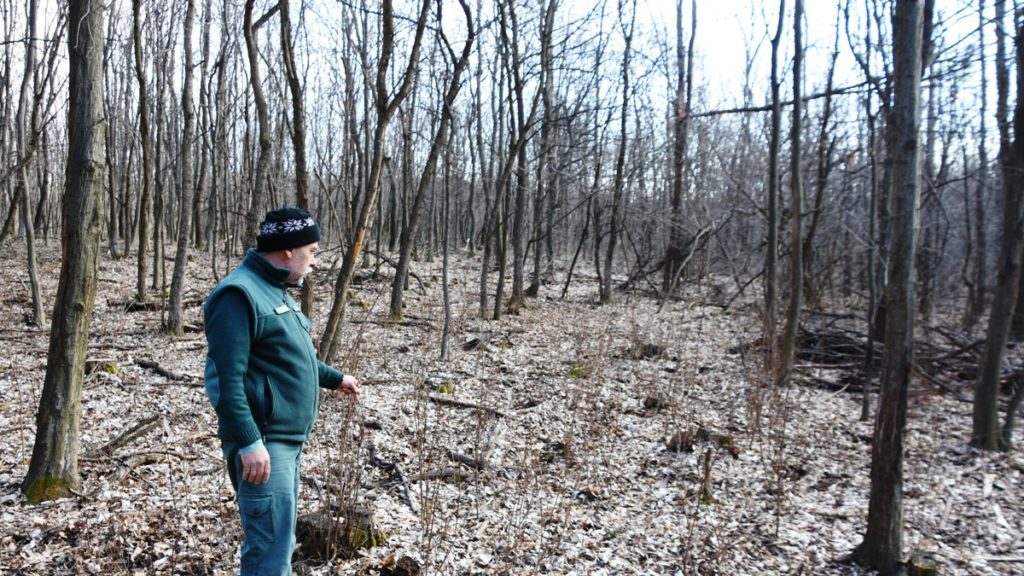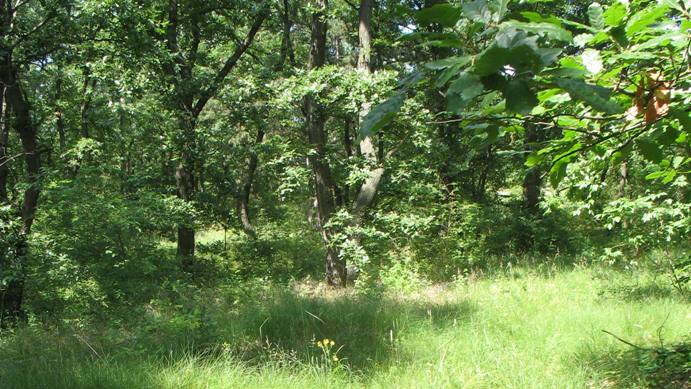Small sunny glades, deep dark forests or little sunflecks have all their charm and ecological role. With the right mix of light and shade, we are carrying out forest reforestation, assist rare tree species and suppress invasive species.
Oak seedlings are very sensitive to the appropriate light conditions compared to other forest tree species. They need half-shadow to grow in which neither too strong nor too little light restricts their development. Under intense light condition the leaves produce special protective pigments like anthocyanin. Thus leaves turn red. However, under very strong light intensity these pigments do not provide protection, and the photosynthetic system is damaged. On the other hand, under low light intensity the provided energy is not enough to produce carbohydrates. Thus, the energy sources of acorn we will be exploited and the seedling will not survive. Therefore, besides adjusting all the biotic and abiotic factors, the proper light condition should be adjusted as well. Depending on local conditions, topography etc. this can be achieved by creating small leaks, or large glades. In this way, adequate sun exposure can be achieved. We performed this kind of intervention in the Esztergom project site.
By regulating the ratio of light to shade, we not only favor the regeneration of the dominant species, but also the survival of rarer tree species. Depending on local conditions, by felling down a few abundant species (hornbeam, ash, or even oak tree), we provide enough light and space for rare species such as wild cherry, wild pear or wild service tree.
Trees need lateral light to develop large crown and to thicken as well not just to elongate. Assisting trees in for this purpose were performed in the project area of Diósjenő.
In special cases, even the invasive black locust can be suppressed. In certain places of the Nagyoroszi project site the black locust is mixed with native, mature trees (oak, ash, maple etc.). In this area by gradually cutting some of the black locust trees, the canopy of native trees will provide enough shadow to prohibit the growth of the sprouts of the black locust. In contrast to the oak, the black locust requires high light intensity to grow.
From a nature conservation point of view, it is worth creating a diverse “light-shadow structure” in our forests to assist the natural dynamics of forests.
Nature conservation management with light and shadow
on March 31, 2020
with
No Comments

